- 2416
- 0
Sharing Ideas and Updates on LPG in Nigeria and related information to enable effective collaboration within the LPG Value Chain
Bridging The Gap: How Nigeria Can Turn CNG Ambitions Into Reality
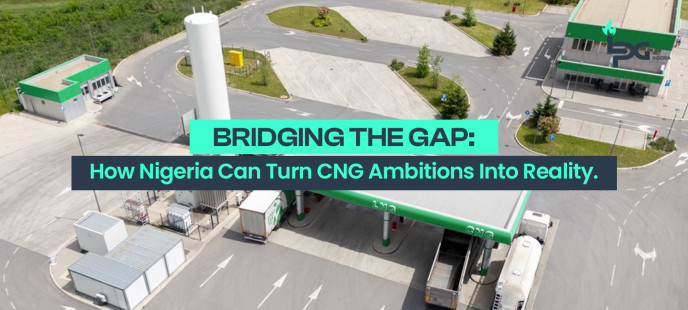
Still on the subject of CNG adoption in Nigeria and its implementation delaty, I will be writing on how we can bridge the gap as a country today. Nigeria’s journey toward clean energy has taken a significant turn with the introduction of the Presidential Compressed Natural Gas (CNG) Initiative. Launched with fanfare and great expectations, the initiative was meant to be a game-changer—offering Nigerians a cheaper, cleaner alternative to petrol. Yet, two years later, the full promise of this bold move remains largely unrealized.
Despite President Bola Tinubu’s commitment to cleaner energy and the establishment of strategic bodies like the Pi-CNG committee, implementation challenges have stalled real progress. Long queues at the few available CNG stations in Lagos and Abuja have become the new norm, frustrating drivers and undermining confidence in the initiative.
So, what’s really holding Nigeria back?
The problem isn’t in the vision—it’s in the infrastructure. Converting 200,000 vehicles to CNG is ambitious and commendable, but without enough conversion centers and refueling stations, it’s simply unsustainable. Reports of vehicles spending hours—and sometimes days—at filling stations highlight a crisis of planning. If Nigeria wants to lead in CNG adoption like India or Pakistan, it must address the logistics that make such transitions possible.
Industry experts like former IPMAN secretary Mike Osatuyi have rightly pointed out the lack of coordination. Instead of building new stations from scratch, why not retrofit existing IPMAN outlets to offer both petrol and CNG? This approach is cost-effective and could massively scale up access across Nigeria’s towns and cities.
Additionally, broader consultation with marketers, fleet owners, and gas professionals is essential. The CNG transition must be a national movement, not a top-down directive. With collaboration and transparency, stakeholders can help avoid policy missteps and ensure that investments deliver results.
Public awareness and education are equally important. Nigerians need to understand the economic and environmental benefits of switching to CNG—and more importantly, they need to trust that the infrastructure will support that switch.
To truly bridge the gap between ambition and reality, Nigeria must align vision with execution. That means funding infrastructure, enabling public-private partnerships, and maintaining a consistent policy environment.
The CNG initiative isn’t a lost cause. It remains one of Nigeria’s most promising routes to cleaner energy and lower transport costs. But without urgent action to fix the cracks in the system, we risk stalling a movement that could transform how millions of Nigerians power their daily lives.
Want to stay updated on clean energy solutions in Nigeria? Follow LPGinNigeria.com for more insights, market trends, and policy updates.




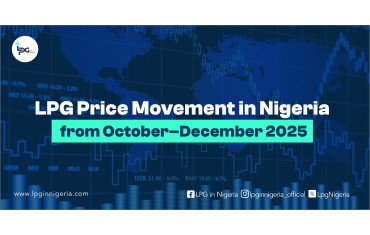
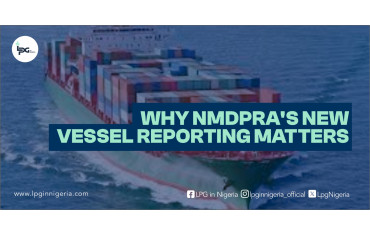
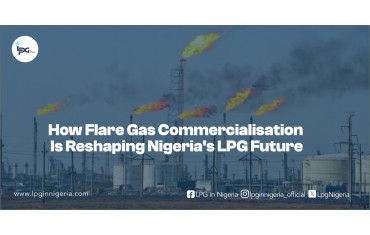

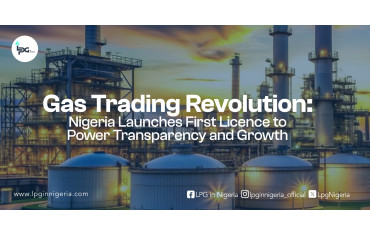
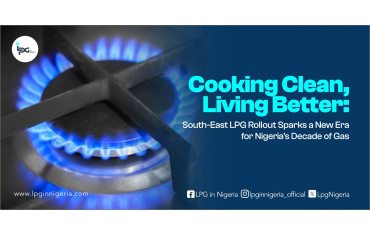
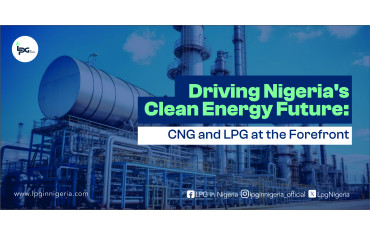
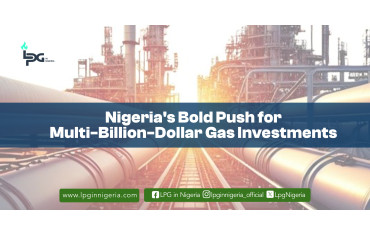
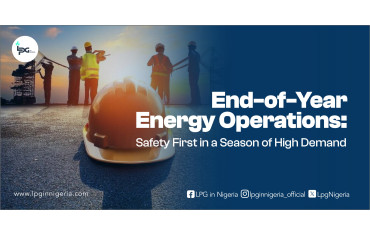
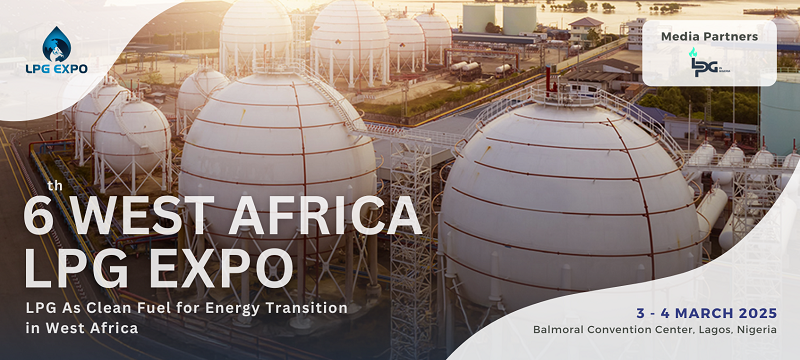

0 Comment.